BAGAN, MYANMAR (PART II)
This is Part II of the pictures from around Bagan. Bagan is a city of over 3000 temples from mostly 1000 to 1250 AD, before being abandoned. The temples are in various states of restoration, from being completed restored to being in ruins. This is one of the driest areas of Myanmar, with a long dry season during winter. Go here to go back to Part I of Bagan.
The Soemingyi Pagoda with numerous large stupas...
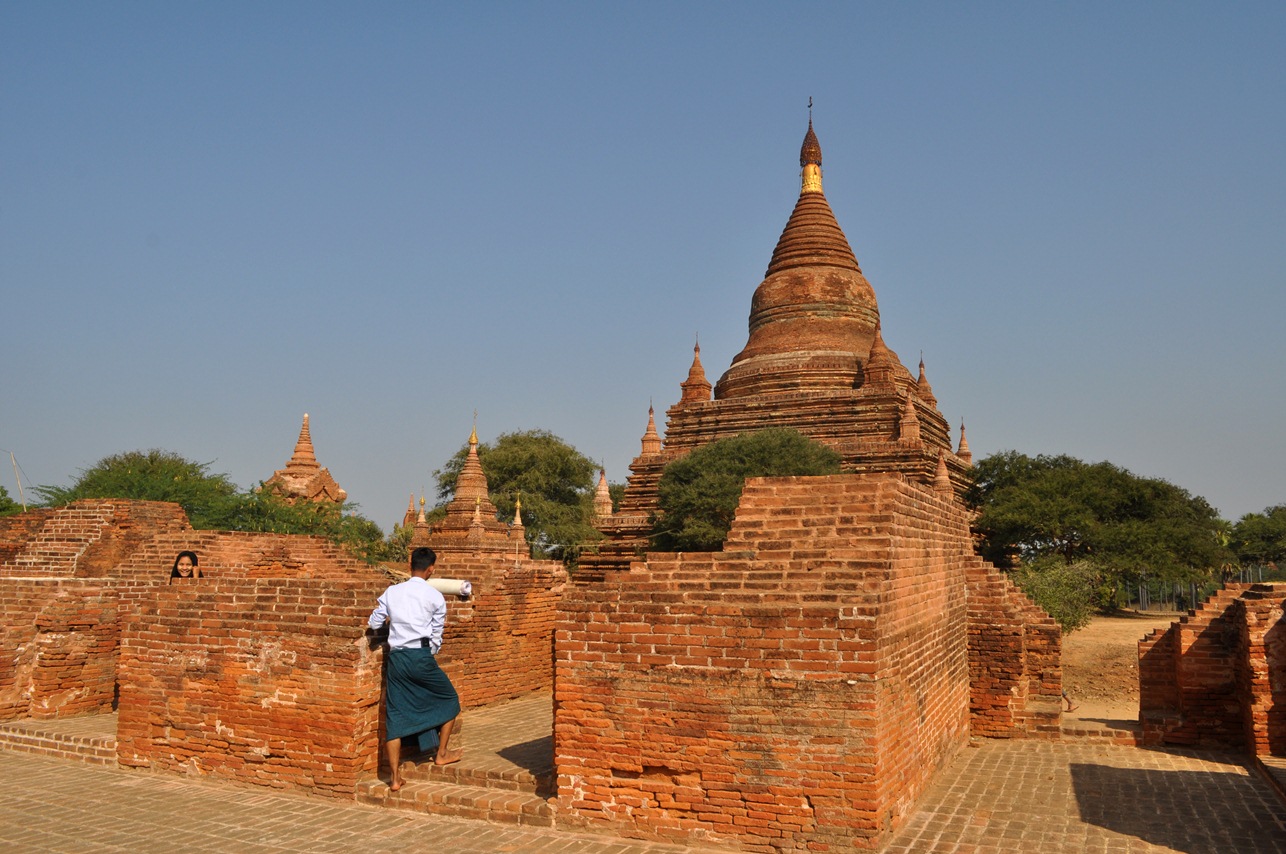
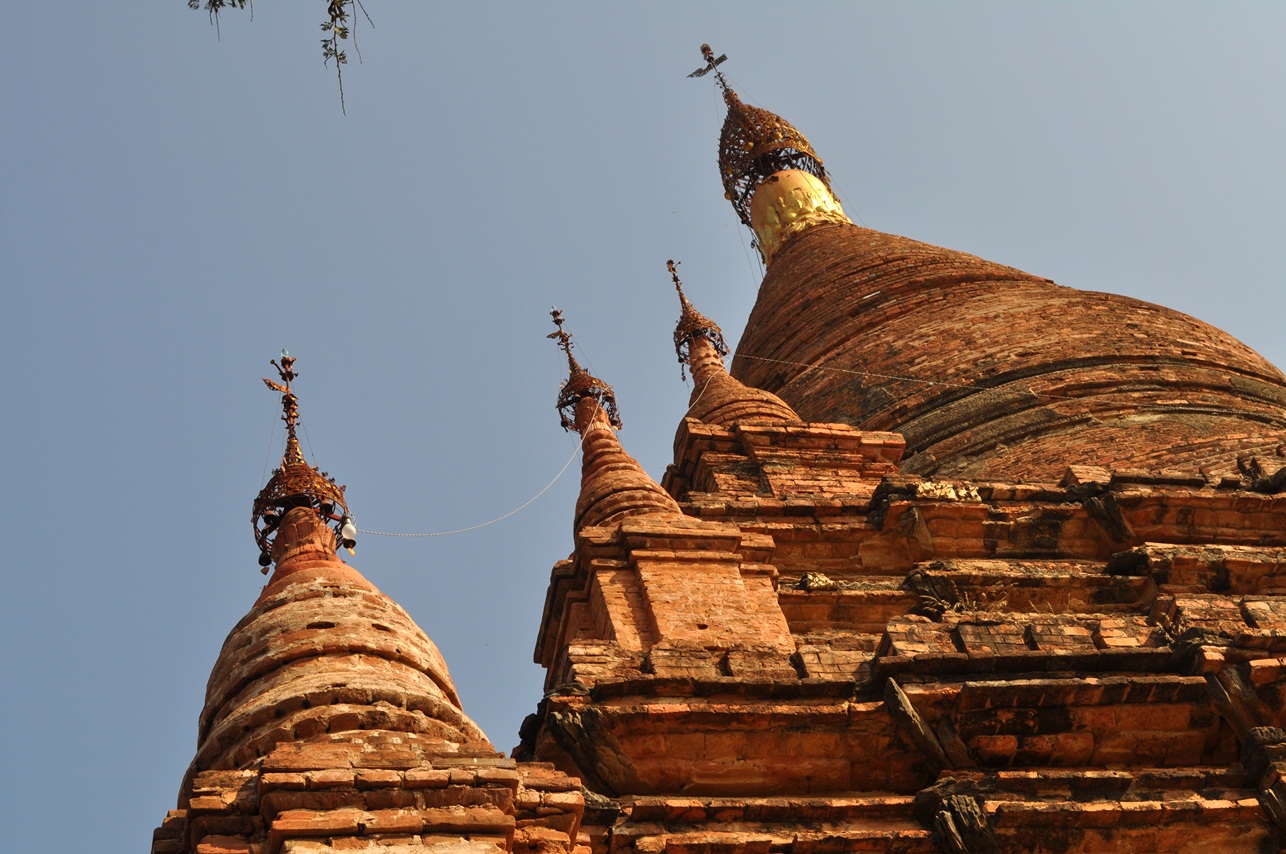
A small temple with a native succulent tree called the antique spurge (Euphorbia antiquorum)...

Closer looks at the antique spurge...

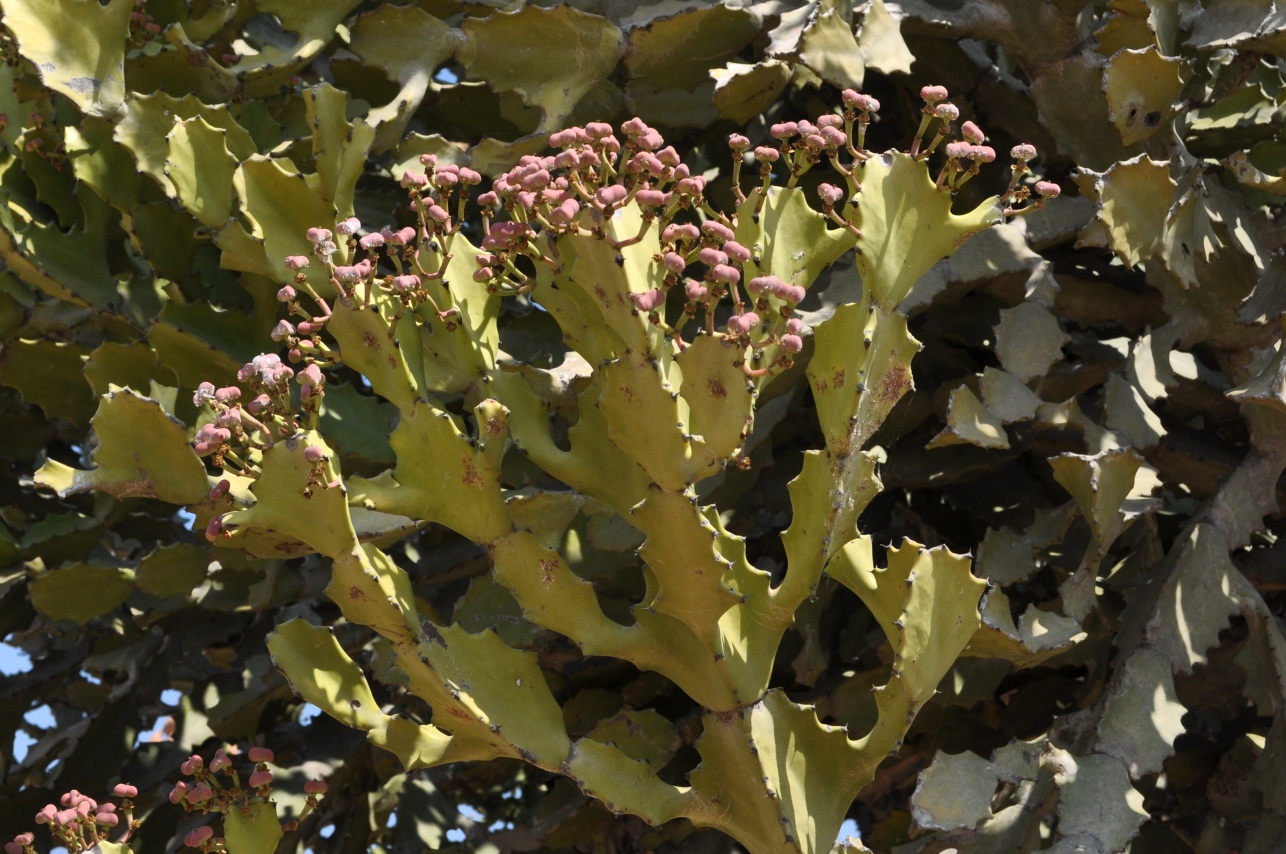
The most common palm...the palmyra palm (Borassus flabellifer)...
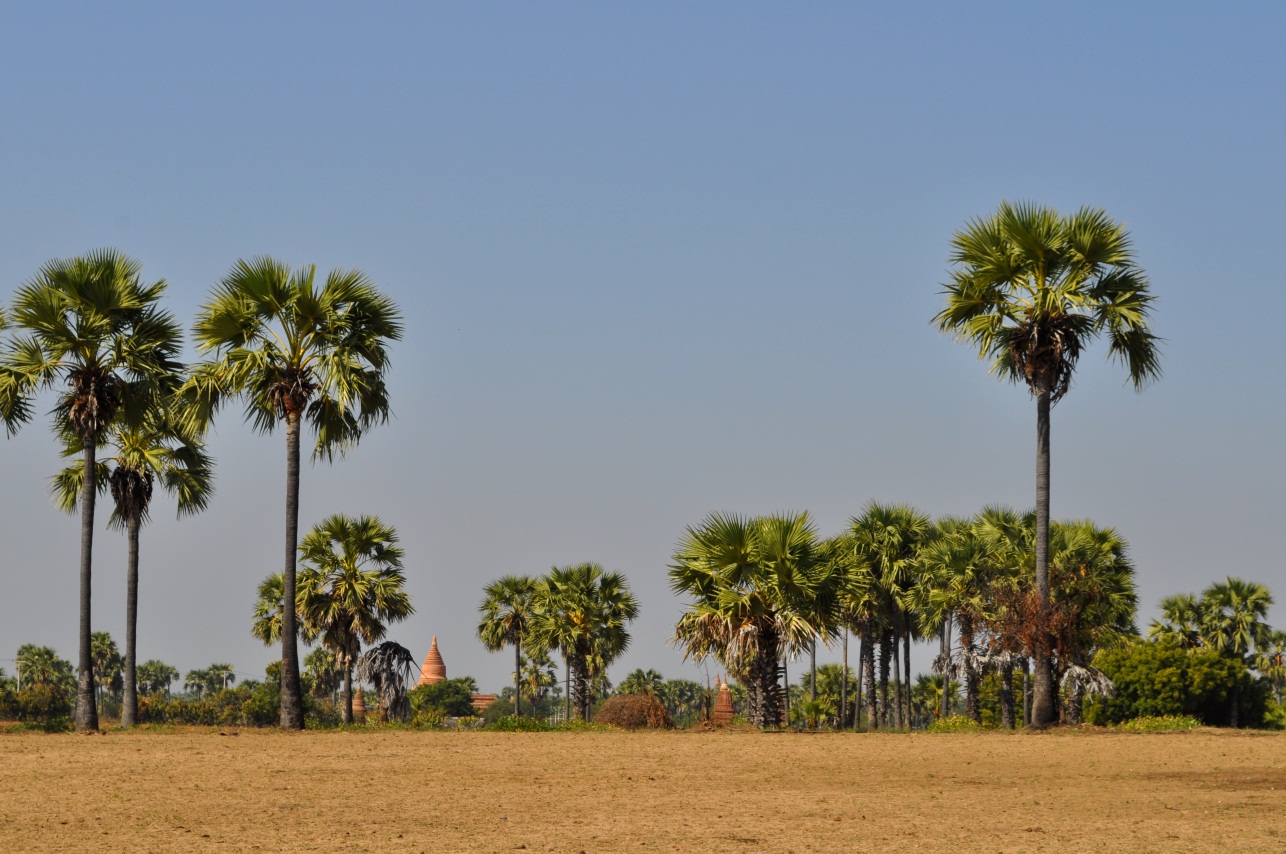

Neem trees (Azadirachta indica) were very common...

This appears to be some kind of Senna tree, also quite common...

Jujube trees (Ziziphus jujuba) were also rather common, with some in fruit...

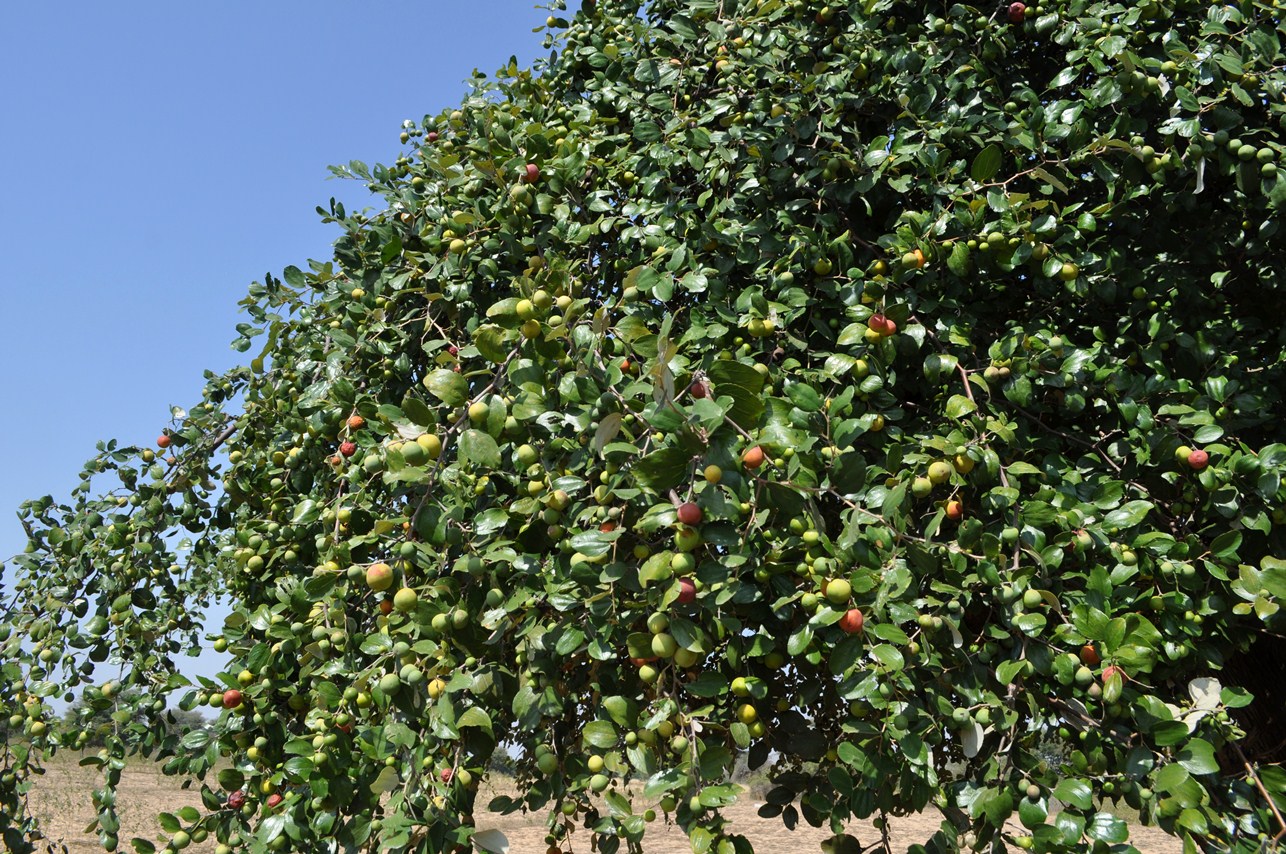
Moringas were grown frequently in Myanmar (it produces highly nutritous food with the leaves and seed pods)...

Back to a few more temples, this is Thisa Wadl, rising above the savanna brush (probably acacias)...
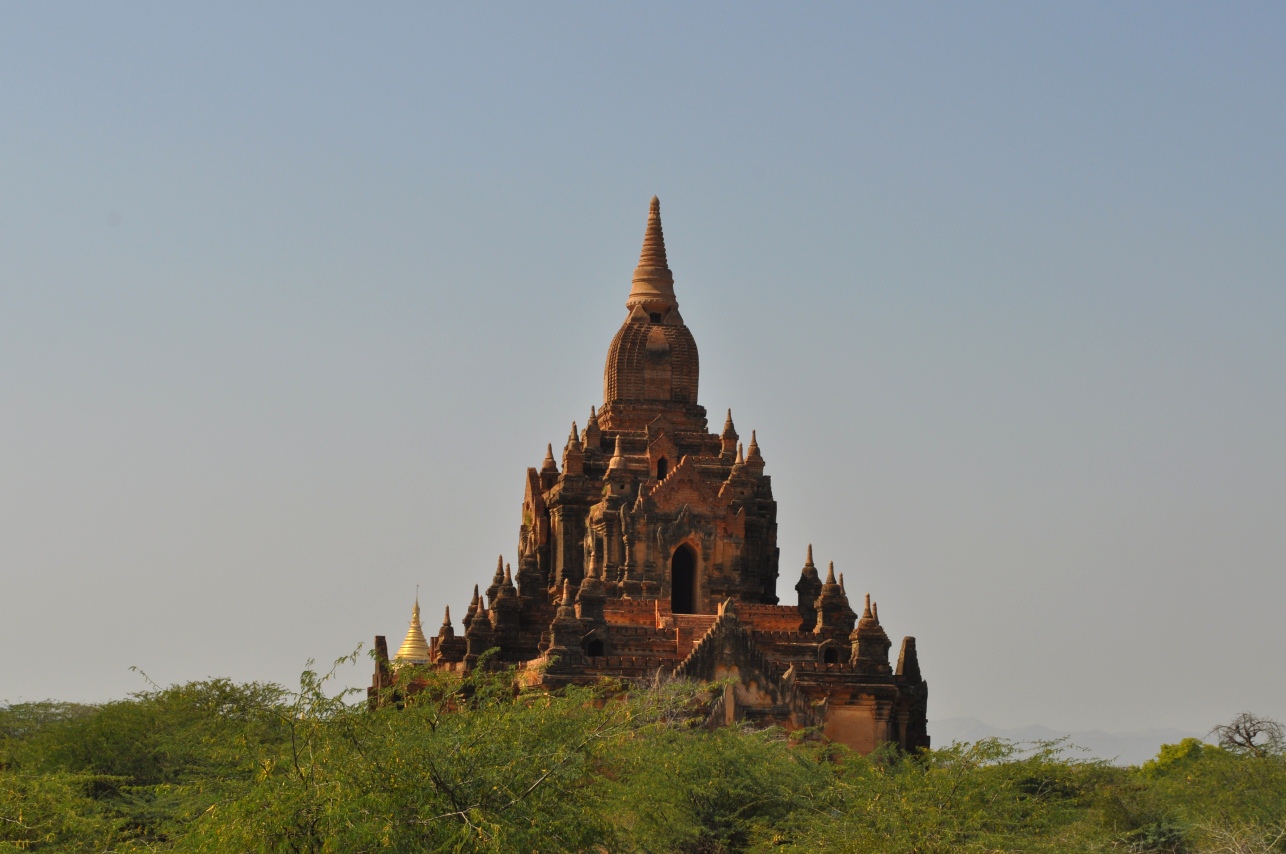
This is Sutaungpyi...

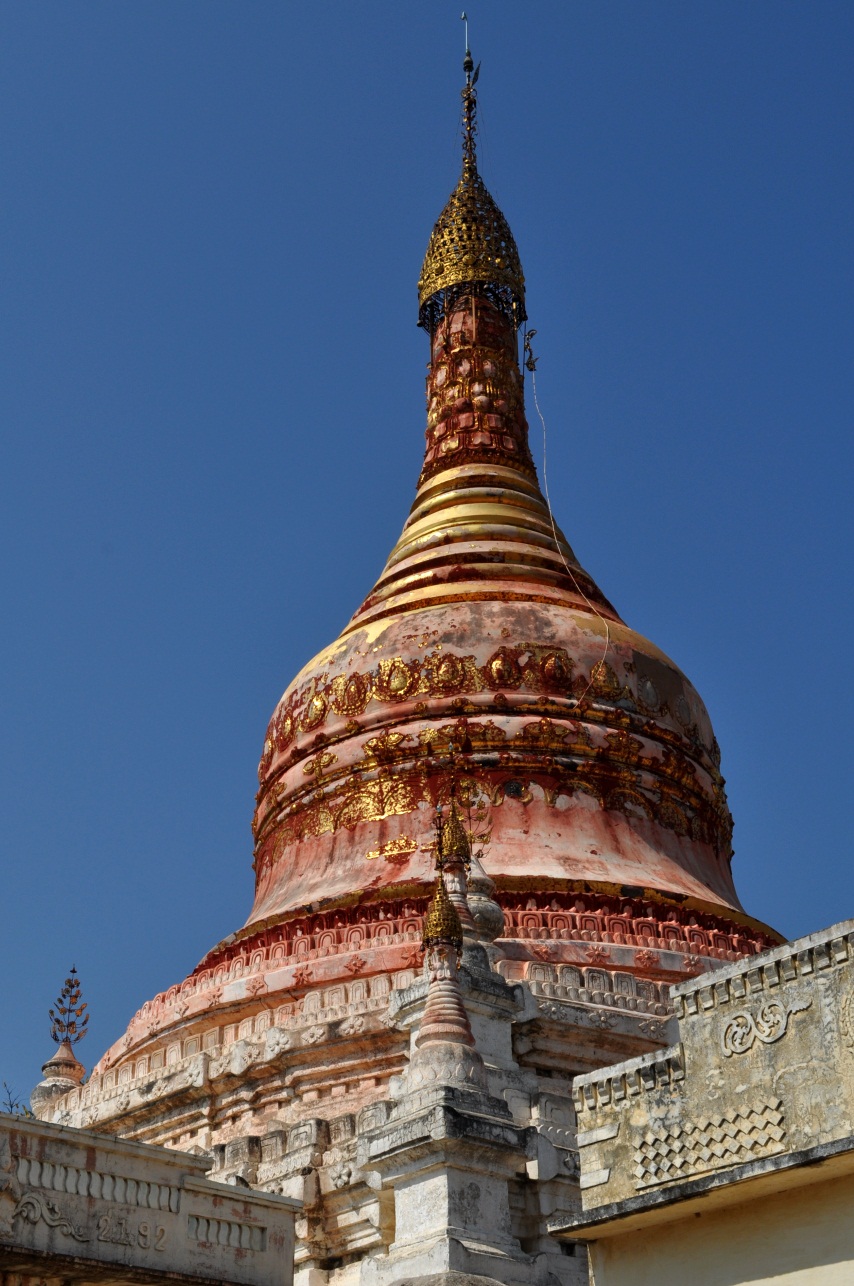
Thatbyinnyu Phaya...
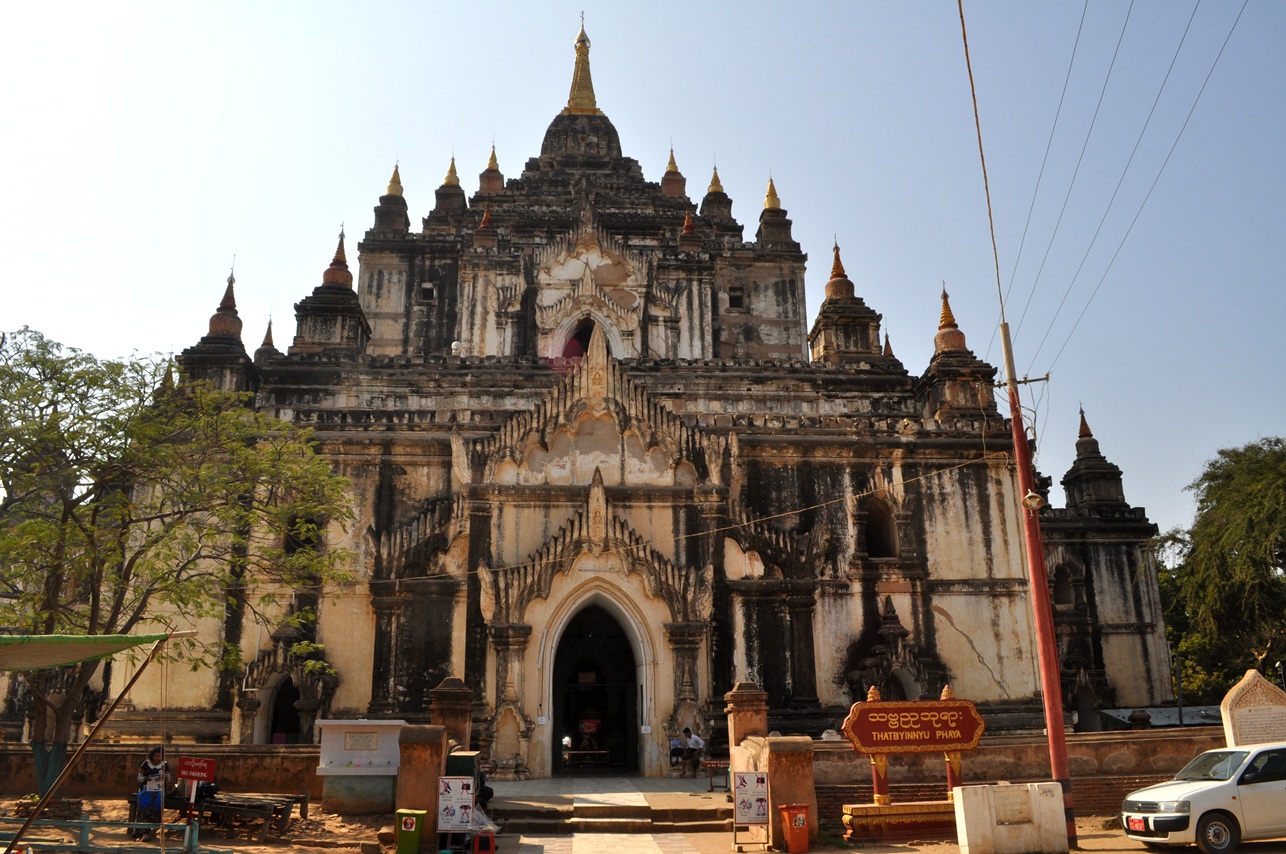
Tharabar Gate, with a road going through the Old Bagan wall...

Public transportation in Bagan is hoping on an old pickup truck...
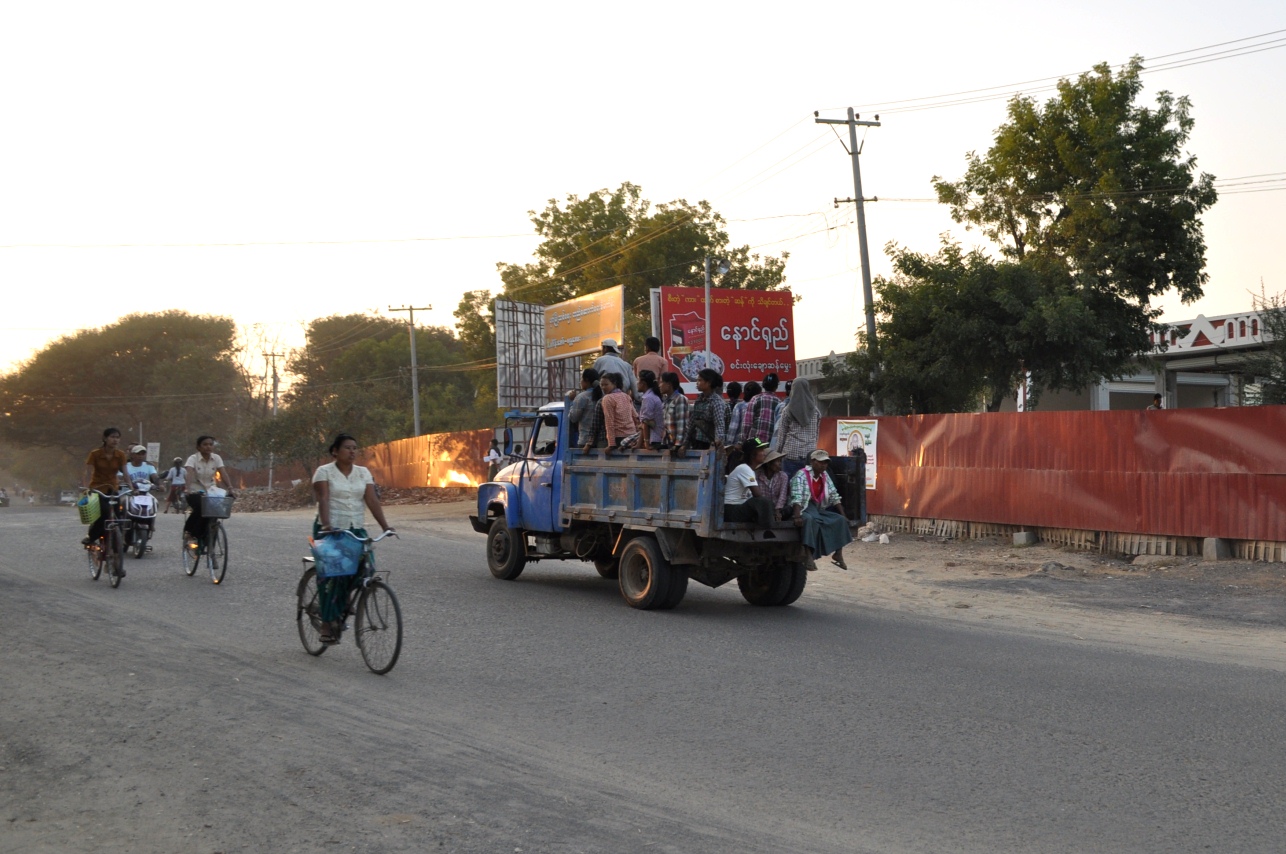
The main highway through Bagan...
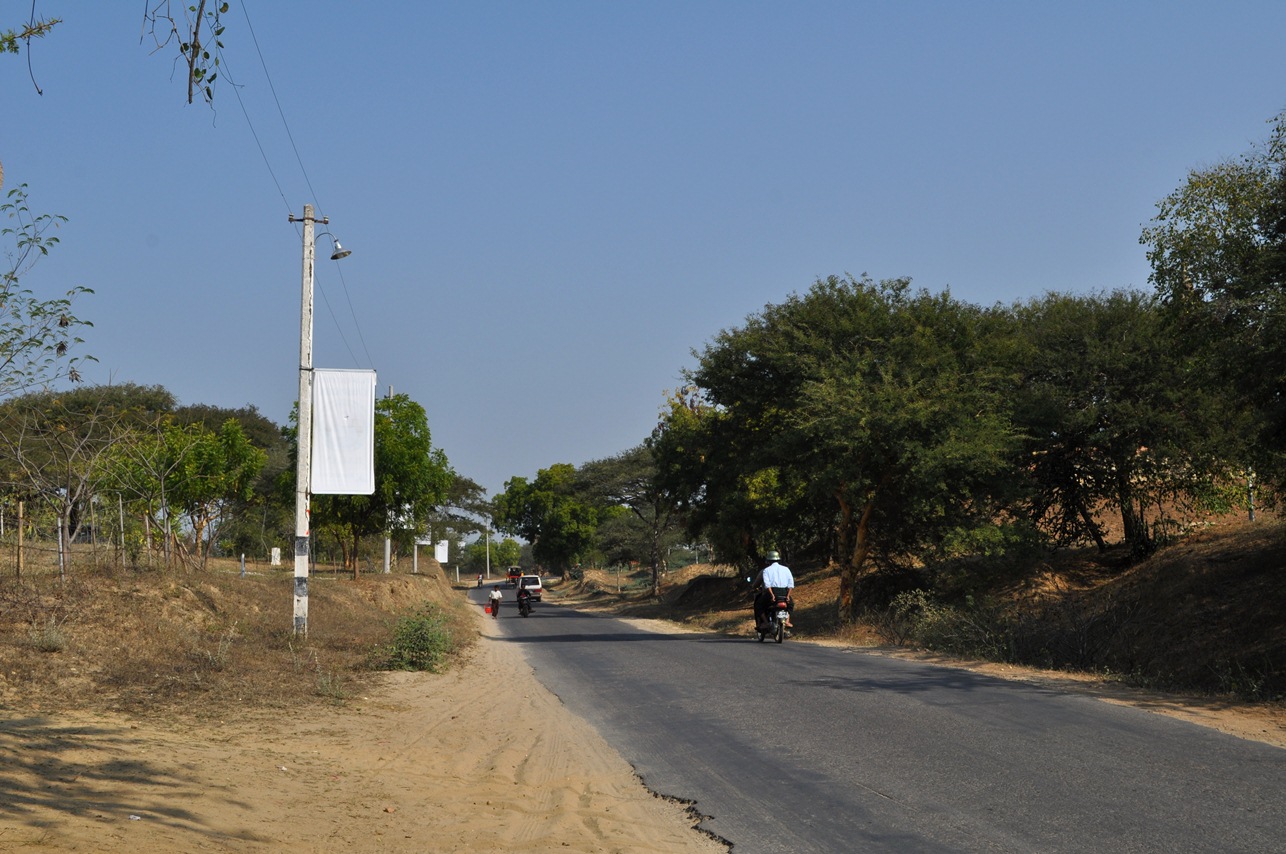
One sign with a rather strange translation in English...

This is Sin Myer Shin...


One village called Minnanthu, on the outskirts of Bagan, was about to get access to the electric grid...
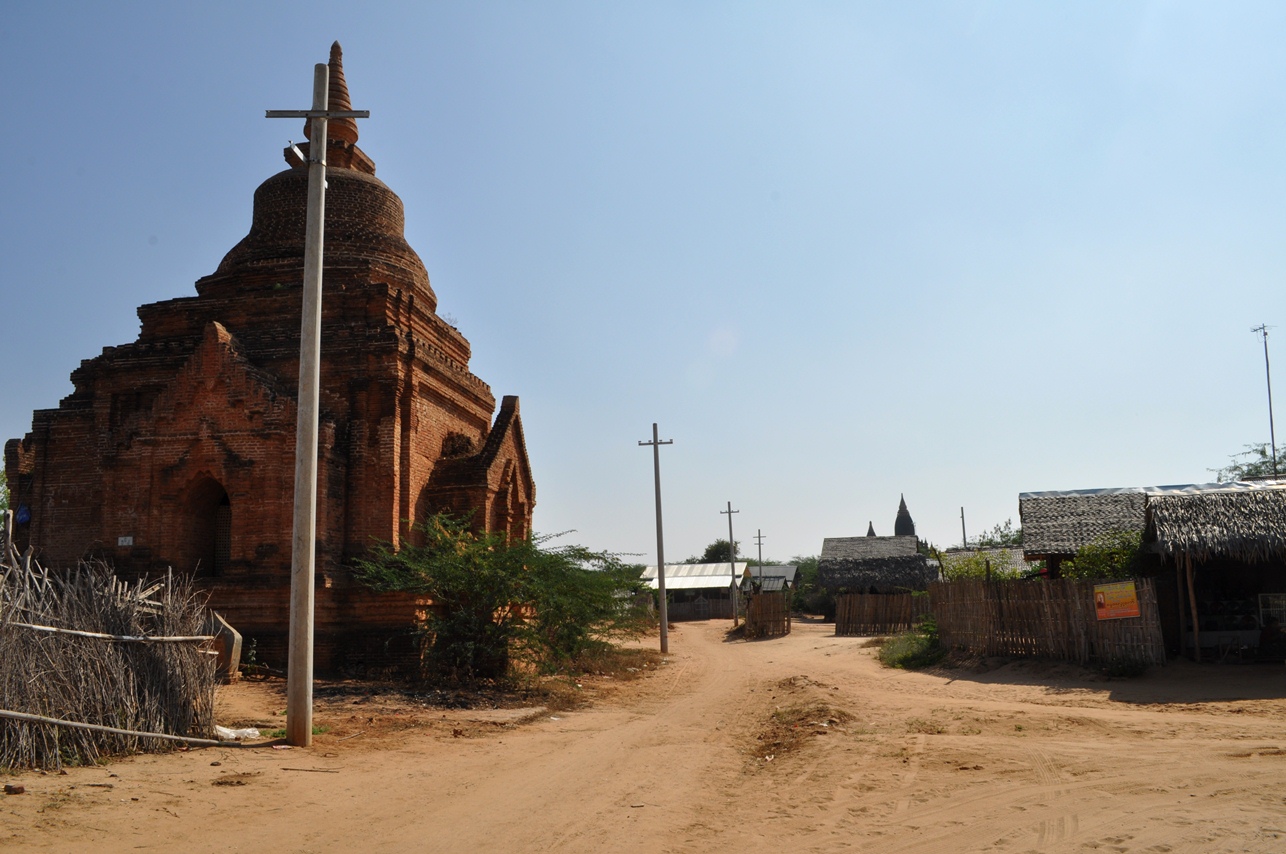
A very white temple at Minnanthu called Leimyethna...


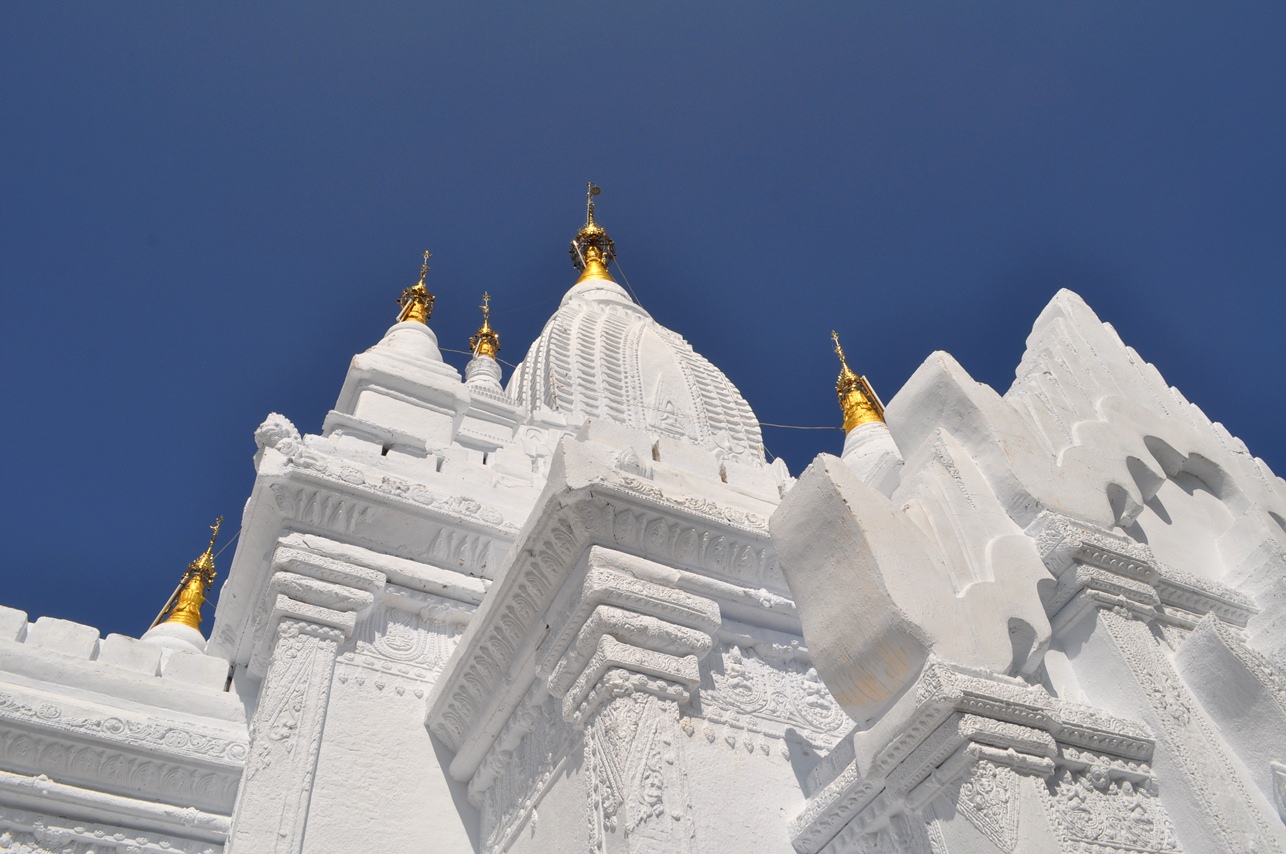
One of the Buddhas inside..

An artist doing drawings inside Leimyethna...
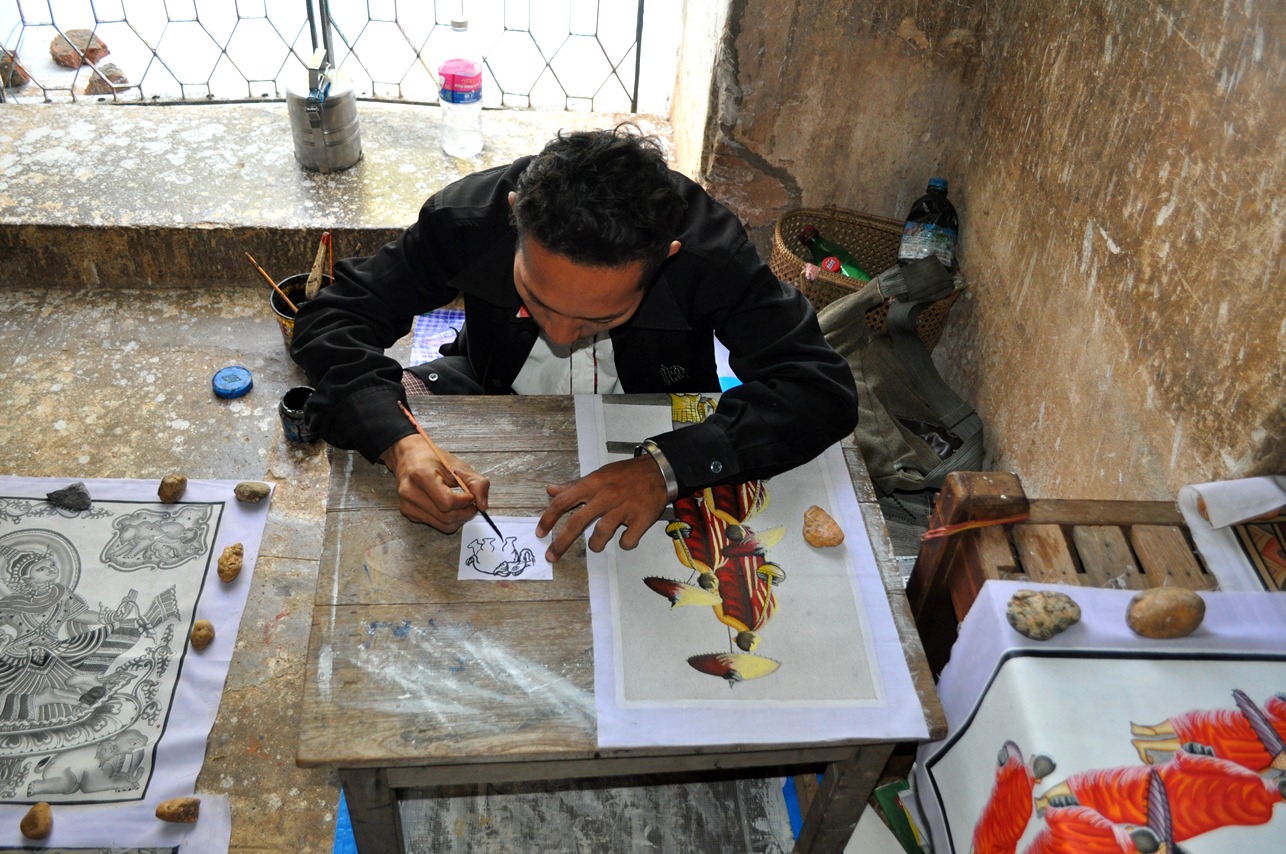
Gawdawpalin Temple...
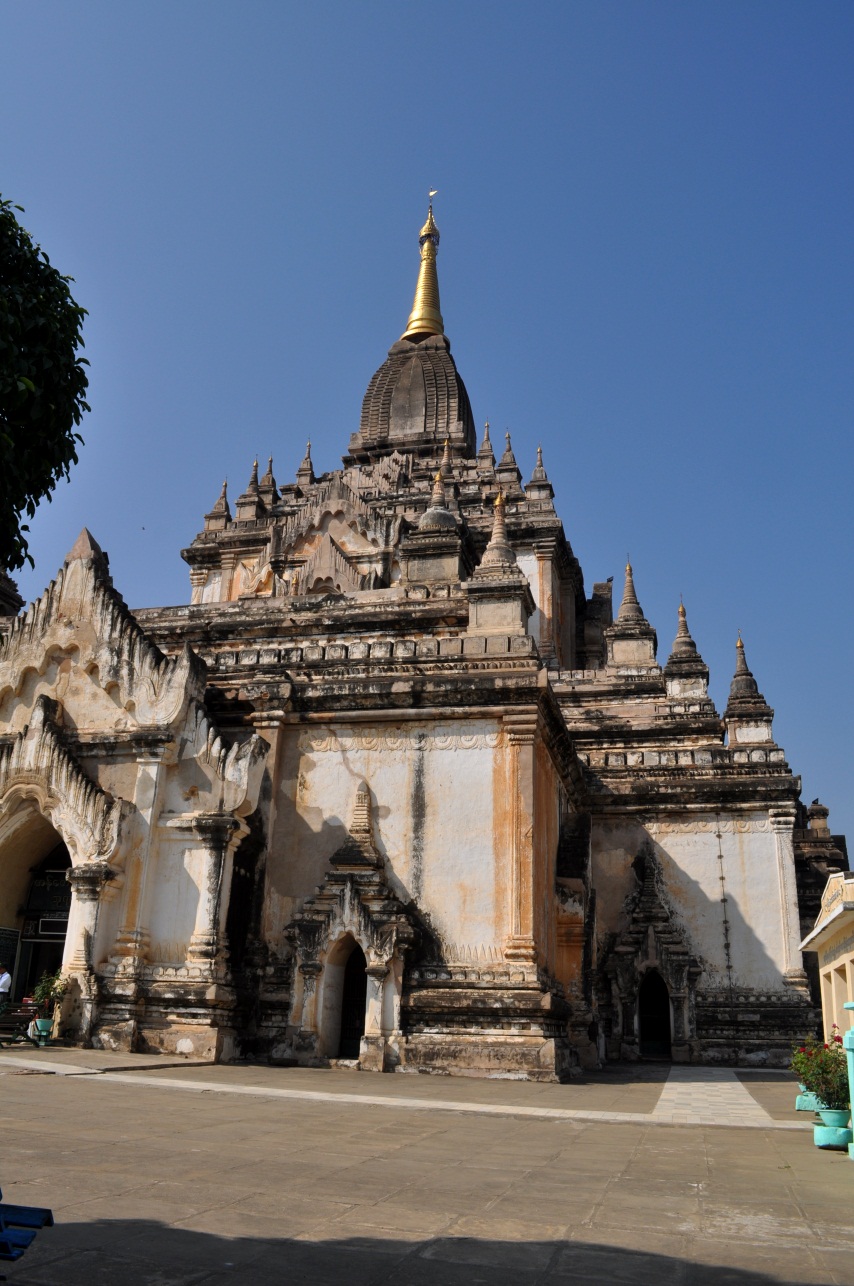
Inside Gawdawpalin...
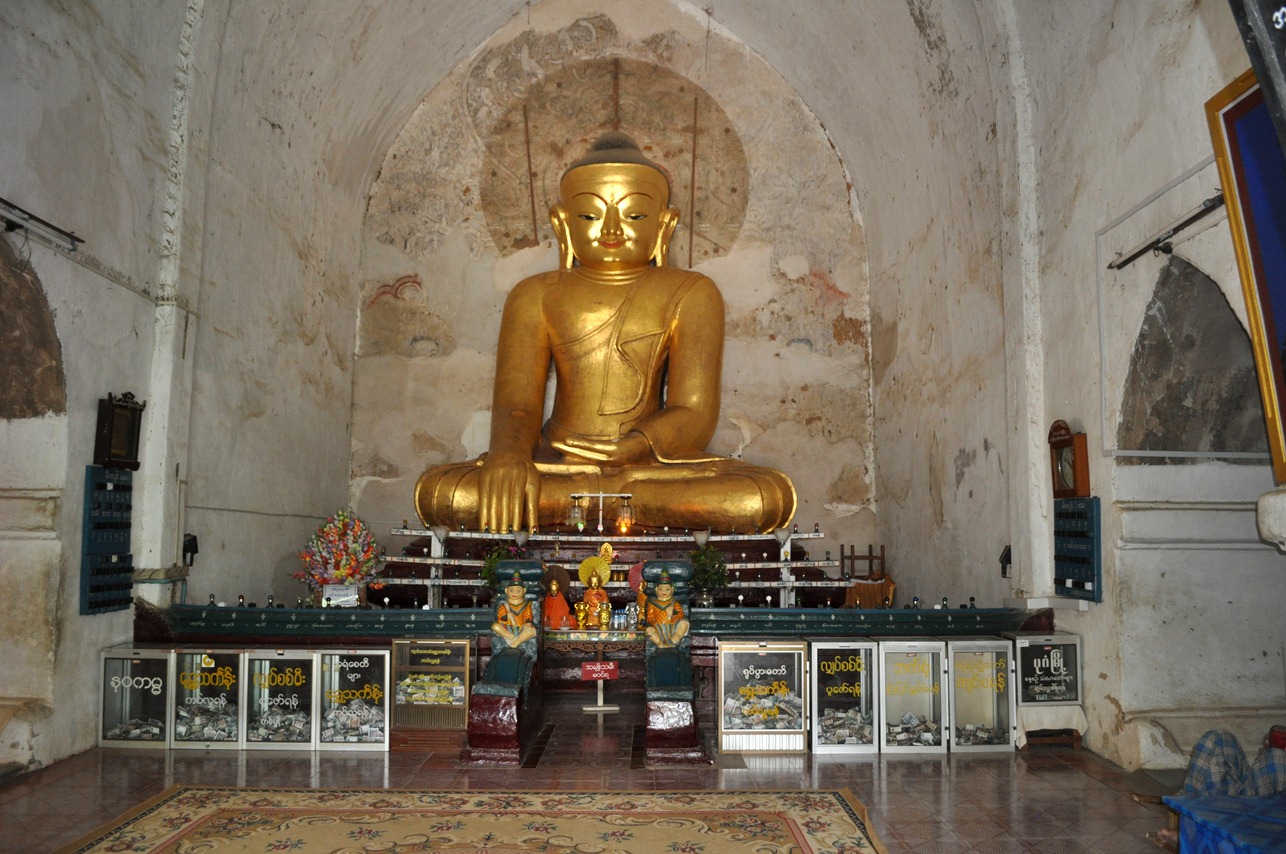
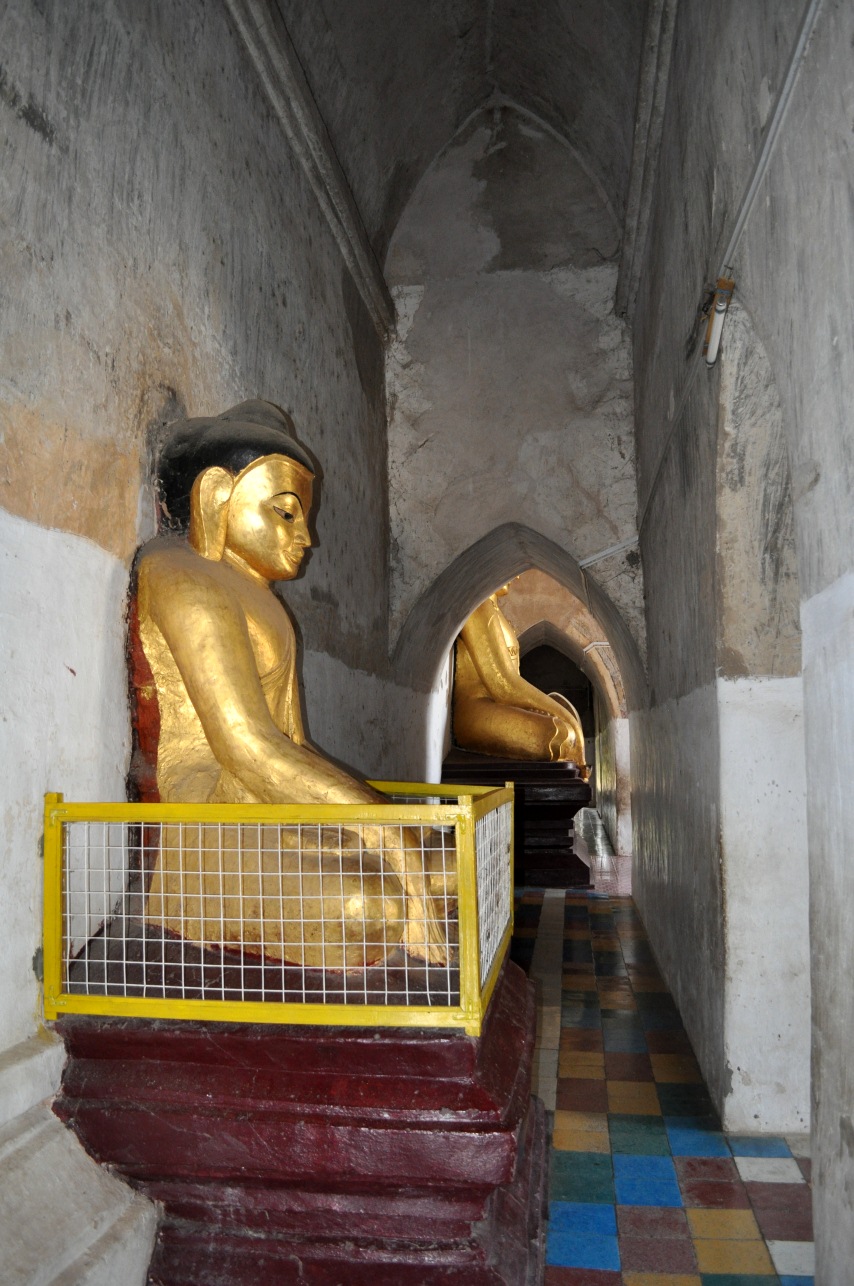
A bamboo wall in the village of Myinkaba...probably for privacy...

Exiting the area...this is a hillside east of Bagan...during the dry season...
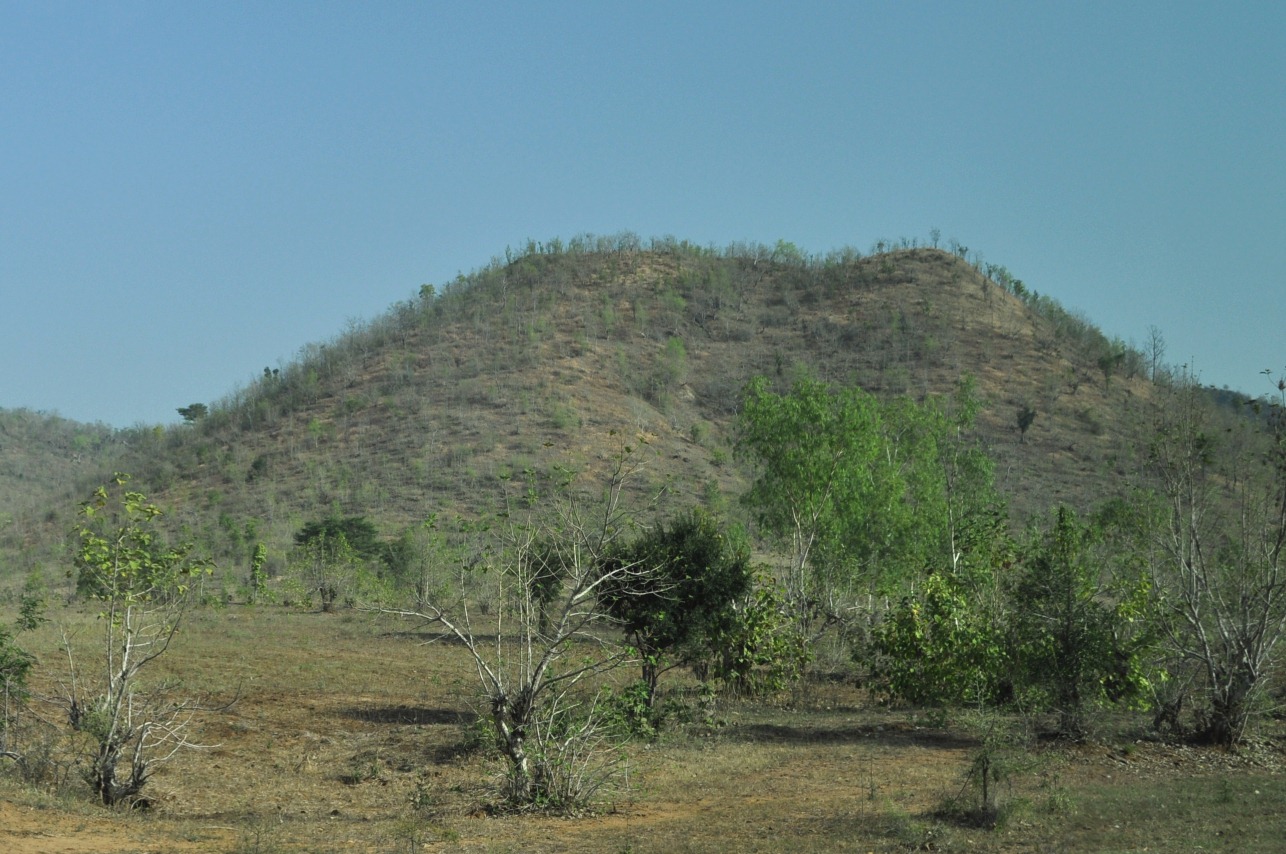
Go here for Part I of Bagan.
All of the above pictures on this page were taken in February 2015 by Brandt Maxwell.
Return to the Myanmar/Singapore Pics Page
































